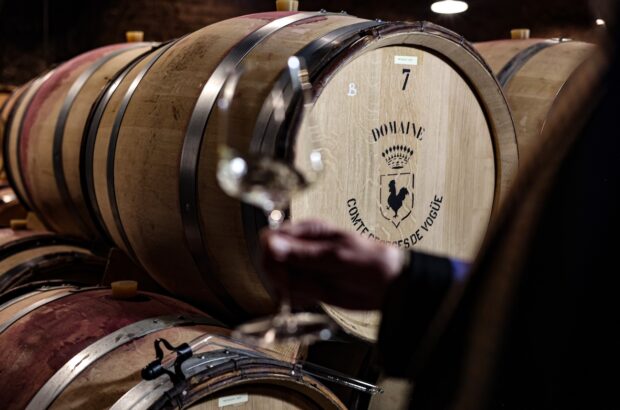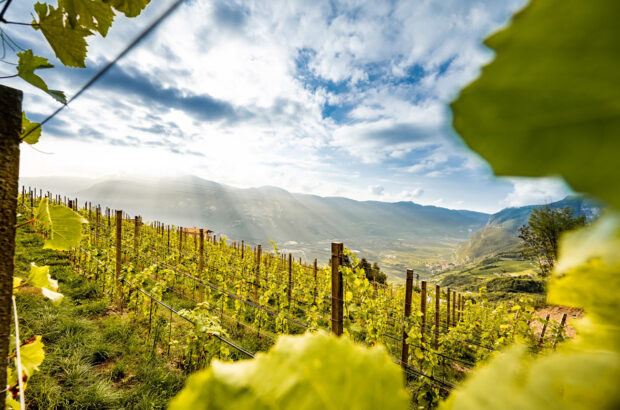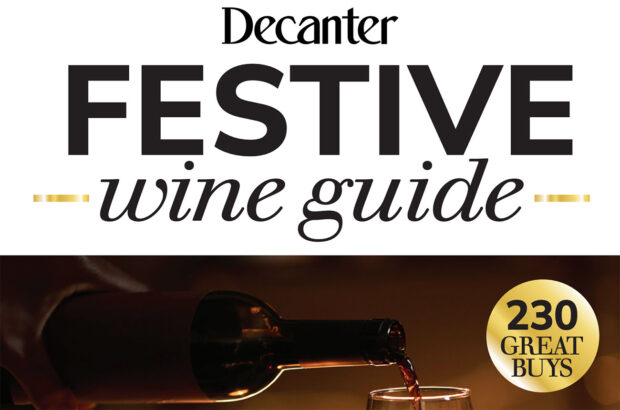With 2008 Burgundy just hitting the market, sarah marsh MW previews a vintage that will appeal to drinkers rather than collectors
Burgundy 2008
The 2008 vintage is a spice spectacular: spicy in flavour; spectacular in its last-minute rescue from vinous oblivion. In a poor year when expectations are low, success is all the sweeter. 2008 was born of rigour, yet is infused with vigour. It is a growers’ vintage – the third in a row of classic Burgundy vintages – which express the progress achieved in this region over the past two decades.
The quality is good, but not exceptional. It is one for wine lovers, not collectors, but you will need a decent purse for it is a small vintage (30% lower than average) and there are few concessions to the economic crisis on the Côte d’Or.
Release prices from generic wines to grands crus (not out at the time of writing) seem destined to remain stable but with the poor exchange rate for the UK and the US, prices will bite by the time they reach the consumer.
Reds and whites are on a par in the middle ranks for quality, but within that, the reds are a notch above. Despite the rot, one of the hallmarks of the reds is great purity of fruit. A cool, wet summer demanded rigorous deselection, but the clear skies and cold north wind in September concentrated the small harvest and helped ripen the skins for those with the nerve and patience to wait until the last week of that month.
For the quality-conscious, therefore, the tannins are generally soft. Vivid fruit is balanced with freshness and verve rather than firm acidity, and the wines are generously infused with spice.
It’s a ‘syrup of fruit’ says François Millet at Domaine Comte Georges De Vogüé. ‘The pure fruit gives harmony to the vintage, while the freshness enhances the minerality of the village.’ The wines have energy and edge; many producers used more whole bunches in the fermentation, rather than destemming the grapes, giving lively fruit and appetisingly sappy tannins.
The whites are rich, straight and spicy. Concentration by the north wind resulted in high levels of sugar and acidity, which is unusual. They have tension, but are not as lively or as racy as the 2007s.
The best are marked by a well-defined citrus fruit. However, rapid last-minute ripening together with low yields has led to overripe notes on some wines, and where the alcohol levels are quite high, some can appear clumsy, particularly after the elegant 2007s.
The vintage was saved in the last three weeks, but it was vital to pick with a good balance of sugar and acidity and there was a lot of rot. Where growers picked too early, the wines may well be dilute and green.
Village overviews
The Gevrey wines are fruity and approachable. The quality is consistent from village wine upwards. There is plenty of red and black fruit, accented with dark spice, proving it is possible to make appealing wine with the typical Gevrey structure, but softened.
Even in the most firmly architectural grands crus, notably the often austere Chambertin, the lines are more elegant. The vintage character serves to highlight the change in style at Domaine Denis Mortet, where Arnaud Mortet has produced a flight of satin-textured, streamlined wines. ‘We can learn a lot from this vintage in terms of fruit and elegance,’ he says.
Morey-St-Denis is also a reliable performer in 2008, especially in the on-form grands crus of Clos-St-Denis, which has produced very scented wines, and Clos de la Roche, which is lusciously dense and exotically spiced.
Chambolle-Musigny, all about fragrance and texture, is a highlight of the vintage. The wafting rose petal and ethereal character of 2007 makes way in 2008 for something more vivacious and substantial.
The fruit is red and vivid with zingy raspberry purity coupled with fragrance in the premiers crus on the south side of the village, underscored with minerality in Les Cras and Les Fuées. ‘The 2008 is lively and appetising,’ remarks Frédéric Mugnier.
‘It has more facets and is more exciting than 2007.’ Where it is good, Chambolle 2008 may well have the edge on 2007, but the village had more rain than others, so it pays to know your grower, as the wines could very easily be thin and diffuse.
Many of the wines of Vosne were not as exciting as neighbouring Nuits-St-Georges, which seemed to have the edge in 2008 for consistent quality and style. Nuits-St-Georges and the other Côte de Beaune red village that has typically bolder tannins, Pommard, excelled in 2008 and are excellent sources of village wines and above.
The Nuits-St-Georges wines from the southern part have dark bramble fruit, chamois-smooth tannins and clearly defined minerality. The Pommards are also smooth and spicy with engaging energy. But stereotypes can be very misleading and some Pommards are quite Volnay-esque.
Wines from the varied appellation of Beaune showed overall consistency in quality, with deliciously juicy fruit and fine terroir typicity. The good négociants are a great source this year (Drouhin, Champy and Chanson) as they are for Pernand-Vergelesses, where it was very good for red and white.
Savigny-Lès-Beaune was challenged, and whites are better than reds. Volnay was also compromised by hail, but the growers rose heroically to the occasion. While the village wines are inconsistent and can lack substance, there are some excellent premiers crus. Mitans, for example, is spicy, ripe and concentrated.
… and the whites
Meursault was also struck by hail, which resulted in almost a total wipeout in the village area on the Volnay side, but the 2008s can be quite rich. Perhaps the best village lieux-dits are those that show some minerality, accentuated by the acidity which acts as a foil to the rich fruit. These lieux-dits were not necessarily the most elevated.
The vintage is perhaps most successful in Puligny-Montrachet. There is smoothness to the tight line, but they remain well defined. The richness of the vintage, for those who waited, created an alluring balance in the more mineral premiers crus, while it accentuated the richer premiers crus, such as Clavoillon, which can be glossily opulent. Chassagne-Montrachet overall is not as energetic as Puligny in 2008. The wines are rich, thick and quite exotic, with firm acidity.
Mâcon had a sunnier summer than the Côte d’Or. The best whites will be rich and broad, but others will taste overripe and slightly grilled. Chablis had less rain than the Côte d’Or and the quality is high.
Overall, the misfortune for the 2008s is in coming before the 2009s – they could be steamrollered in the excitement. But they are worthy of purchase in cases where the reds fit neatly between the silky perfumed 2007s (which one might drink first) and the pure, direct and more firmly tannined 2006s, which need more time.
As a general observation, with some exceptions, the grands crus in 2008 did not show a big enough step up in quality over the best premiers crus. But this is a vintage in which to savour the nuances, marvel at the hand of fortune and appreciate the skill of the winemakers that have made these wines possible.







